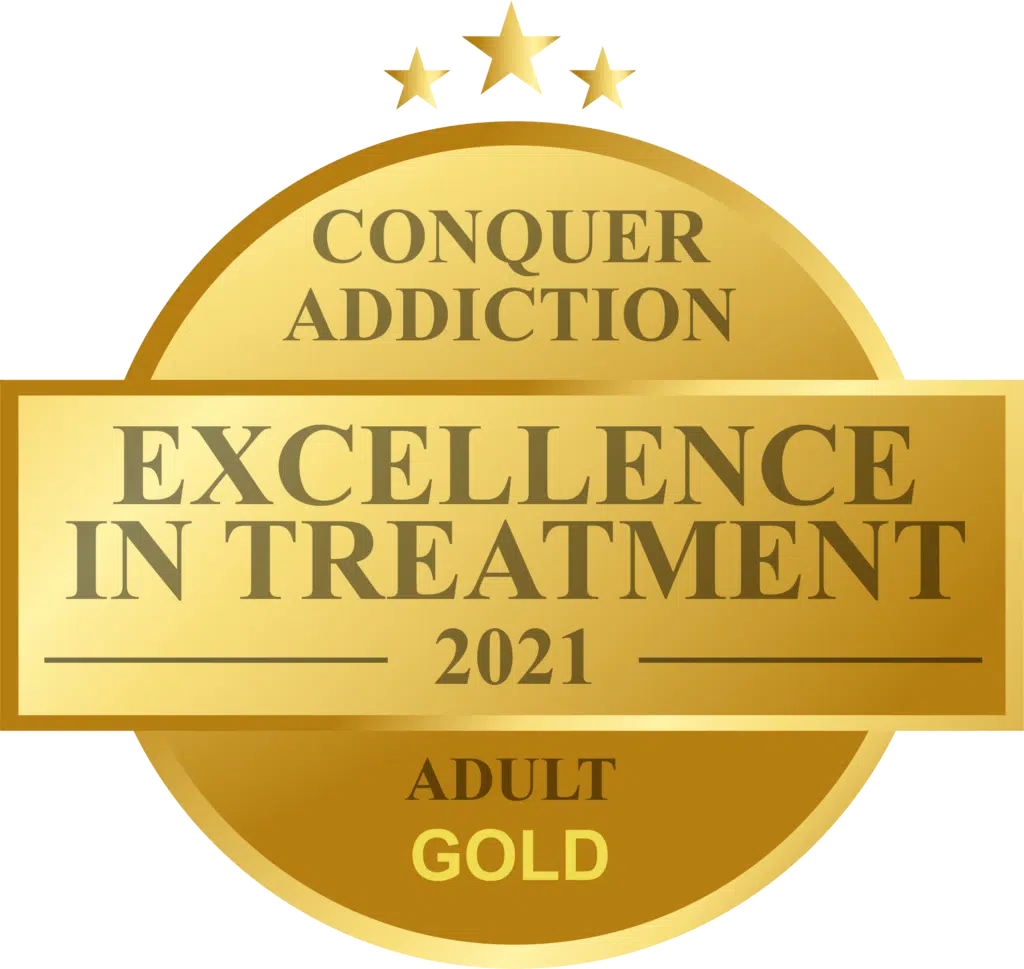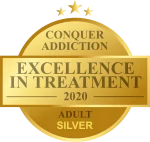Xanax, also known as alprazolam, is a benzodiazepine medication frequently prescribed for anxiety or panic disorders. It is sometimes also used to treat insomnia. Even when used as directed, Xanax can be addictive and may create long-term drug addiction that needs to be addressed.
Many people, especially if they start to notice symptoms of Xanax withdrawal, may wonder how long Xanax stays in the body and how it will impact them. There is not a concrete, one-size-fits-all answer to how long Xanax stays in the body since it may be affected by dosage, frequency, duration of use, and the individual’s age, weight, and metabolism. However, some general truths can help determine how long Xanax will likely stay in the body and its potential impact.
How Does Xanax Affect the Body?
Xanax is designed to increase the effect of gamma-aminobutyric acid (GABA) in the brain. GABA helps promote feelings of calm and relaxation. It can help ease anxiety, release muscle tension, and make it easier for users to fall asleep at night. These effects may help alleviate insomnia symptoms.
Xanax may, however, also have several other effects. Some effects of Xanax may cause:
- Clammy skin
- Weak, rapid heartbeat
- Shallow breathing
- Fatigue
- Weakness
It may also cause memory loss, irritability, or hostility. In addition, Xanax use may cause vivid dreams, often disturbing content. Furthermore, users who take too much Xanax may struggle with slurred speech, blurred vision, and a lack of motor coordination.
Symptoms of Xanax Addiction
Even when used as directed, Xanax can become addictive. Some patients can experience addictive symptoms or may note Xanax withdrawal symptoms when discontinuing use after just three weeks of Xanax use. Sleep aids and other medications intended to treat anxiety can also have a rebound effect when stopping use.
Users may note several symptoms of Xanax addiction:
- Symptoms of withdrawal include concentration problems, anxiety, dizziness, or face and neck pain when missing a dose of Xanax or trying to reduce usage.
- Inability to reduce Xanax usage, despite wanting to decrease intake.
- Engaging in risky behavior after using Xanax, including driving while under the effects of the medication or showing adverse effects from taking the medication.
- Spending excess time trying to get more Xanax.
- Doctor shopping to get a better prescription for Xanax.
- Hiding Xanax use from friends and loved ones.
- Suffering from dangerous symptoms or behaviors due to excess Xanax use, including problems with concentration or dizziness, but continuing to use Xanax despite those symptoms.
Patients suffering from Xanax addiction may also struggle with increased symptoms related to Xanax use, as they may continue to use higher levels of Xanax over time.
Xanax Effectiveness
Two hours after the last dose of Xanax, Xanax typically takes effect. It acts relatively quickly and is, in most cases, metabolized equally quickly. Many patients experience the full effects within those two hours.
Xanax Metabolism
Xanax is a fast-acting benzo, which means that it generally processes quickly through the body. Patients typically note an average half-life of around 11.2 hours. That means that within those 11.2 hours, Xanax concentration in the body is generally at or around half-strength. However, the half-life can vary dramatically between individuals depending on the dosage and the patient’s weight, metabolism, age, and more.
Xanax Withdrawal Timeline
Withdrawing from Xanax can depend on the duration of use and the amount of Xanax taken regularly. Drug tests may detect traces of Xanax on different timelines for different users.
6-12 Hours After the Last Dose
Around 6-12 hours after the last dose of Xanax, many patients will start noticing the immediate symptoms of withdrawal. Generally, during these hours, patients will experience severe withdrawal symptoms of Xanax, including:
- Abdominal cramps
- Blurred vision
- Increased anxiety
- Dizziness
- Face and neck pain
- Increase in heart rate
- Light or noise sensitivity
- Depression
- Nausea
- Restlessness
- Unsteadiness
For patients who have taken high doses of Xanax or who may have taken Xanax over a more extended period, withdrawal symptoms can be more severe. Those patients may suffer from confusion, delusions, hallucinations, and other severe symptoms. Stopping Xanax abruptly after taking it for an extended period can also cause more severe symptoms. These benzo withdrawal symptoms may include seizures, sweating, high blood pressure, and hallucinations.
1-4 Days After the Last Dose
Within 1-4 days after the last dose of Xanax, patients may start experiencing rebound symptoms, including insomnia and increased anxiety. Often, these symptoms are similar to the ones the patient may have experienced before taking Xanax but amplified during benzodiazepine withdrawal.
5-14 Days After the Last Dose
Several days after taking the last dose of Xanax, many patients continue to experience symptoms. In many cases, these symptoms will be less severe. However, some patients may note problems with their mental health like increased anxiety or continuing insomnia.
15+ Days After the Last Dose
Once they have passed two weeks after the last dose of Xanax, many patients can return to normal function. However, some patients may notice that the symptoms they experienced before Xanax use have resumed. These people may need extra support to handle those symptoms during addiction recovery.
Xanax Addiction Treatment
The first step in treating any addiction is detoxification. This involves gradually reducing the amount of the drug taken over time until the body is completely free of it. During this time, symptoms of withdrawal may occur such as headaches, nausea, depression, and insomnia. It is important to be monitored by medical professionals during this process as these symptoms can be severe and require medical intervention.
Once an individual has completed detoxification and their body is free from Xanax, they can begin therapy to address the underlying causes of their addiction. Cognitive Behavioral Therapy (CBT) is one of the most effective forms of therapy for treating substance abuse disorders such as Xanax addiction.
Through CBT, individuals learn to identify triggers for using drugs and develop coping strategies to manage cravings if they arise in the future. Additionally, CBT helps individuals develop skills that will help them resist future temptations or relapse episodes should they occur.
Group therapy sessions are also beneficial in treating Xanax addiction as they provide a safe environment where individuals can share their experiences with others facing similar struggles while gaining insight into how others have managed their own addictions successfully.
These group meetings also give addicts a sense of community and support that can be invaluable during recovery. Support groups such as Narcotics Anonymous (NA) or 12-step programs are often helpful in providing additional guidance and structure throughout recovery while helping individuals stay accountable for their progress on a daily basis.
Find Help at the AToN Center
AToN Center is a luxury treatment facility located in San Diego. We offer several treatment options, including:
- Detox support. Many people need additional support during the detoxification process to help them manage symptoms. AToN offers detox support that can make it easier to manage those symptoms.
- Residential Treatment. AToN can provide inpatient residential support that allows patients to work through the challenges associated with Xanax withdrawal.
- Aftercare. After patients leave the residential treatment facility, they can get ongoing help dealing with the challenges that may have led to Xanax addiction and any persistent symptoms. Aftercare may also help address anxiety symptoms more effectively, providing patients with better coping mechanisms.
AToN focuses on a holistic approach to Xanax recovery. By addressing the whole patient and all concerns associated with Xanax addiction, it often proves much easier to manage symptoms and embark on a healthier journey through life.
Contact us today to learn more about our programs and the support we can provide.

















